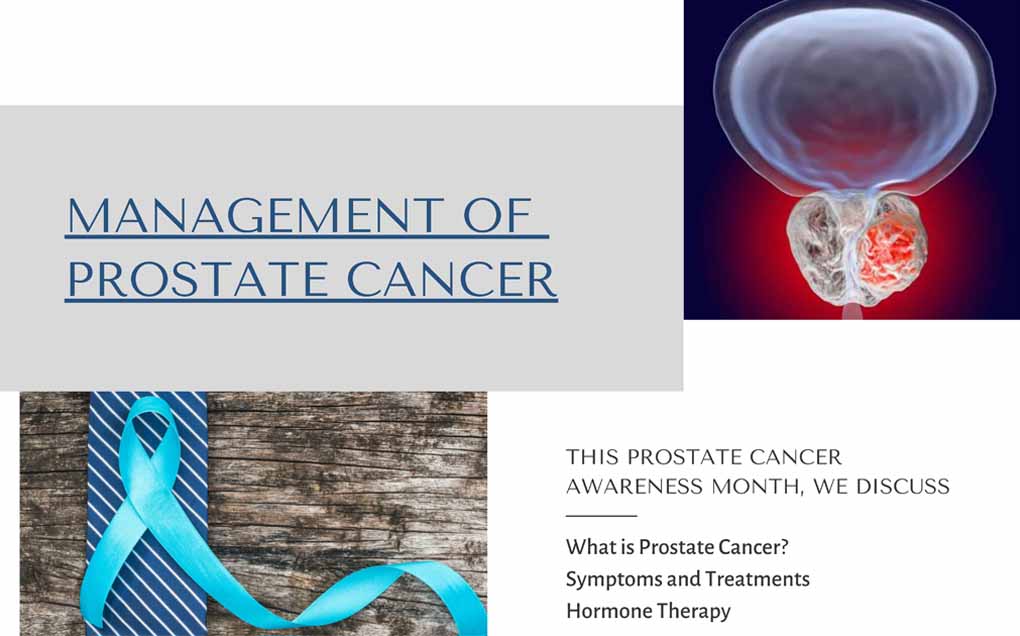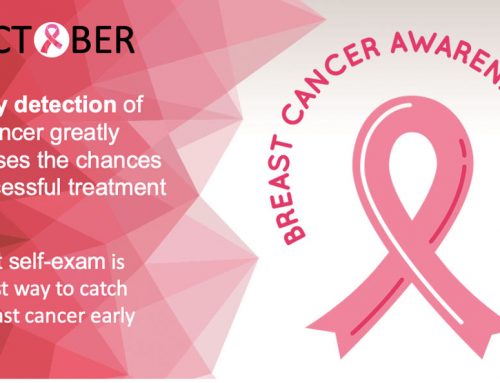Prostate cancer is the second most commonly diagnosed cancer in men around the world. Prostate cancer manifests in many ways: some may have no symptoms at all, while others may have problems associated with urination and pelvic pain along with some minor symptoms. Standard treatment options available for prostate cancer, depending on the stage of the disease are : active surveillance, surgery, radiation therapy and radiopharmaceutical therapy, hormone therapy, chemotherapy, immunotherapy and bisphosphonate therapy.
According to the progression of the disease, such therapy options are considered. For example, in case of localised cancer-active surveillance, surgery or radiation therapy can be prescribed. For locally advanced stage- Androgen deprivation therapy and radiotherapy may be prescribed in combination or surgery may be seen as an option, although it is the least preferred. When the disease reaches the metastatic stage- Androgen deprivation therapy is generally preferred.
Androgen Deprivation Therapy:
Although, many therapy options are available, hormone therapy is one of the safest and most commonly used treatment options. Androgen Deprivation Therapy (ADT) which is one of the types of hormonal therapy, involves surgical or medical castration. This is generally the first line of treatment in advanced prostate cancer. It is not only useful for the palliation of advanced prostate cancer, but also proven to be useful as an adjuvant therapy for high-risk patients being treated with radiation therapy. Medical castration is generally preferred over surgical castration due to its superior patient compliance and absence of physical and emotional trauma caused to men with the surgical procedure.
The four most common therapies under medical castration in ADT are:
1. Luteinizing Hormone Releasing Hormone (LHRH) agonists
2. LHRH antagonists
3. Anti-androgens
4. Steroid synthesis inhibitors.
Let us explore these therapies and their subsequent features in more detail:
1. LHRH agonists are one of the oldest, tried and tested form of treatment for prostate cancer. LHRH agonists are drugs that lower the amount of testosterone made by the testicles. Leuprolide, goserelin and triptorelin are some commonly used LHRH agonists and are administered in the form of 1, 3, 4, and 6-monthly depot injections, as well as 12-month subcutaneous implants. Long-term treatment with LHRH agonists supplants the effect of physiologically pulsatile endogenous LHRH and is thought to down-regulate its receptors in the pituitary gland, leading to castration levels of testosterone within 3 weeks. While these drugs are said to cause a high initial flare of testosterone, leading to adverse effects, certain delivery systems such as microspheres lead to a regulated and controlled release of the drug. Such formulations do not cause a very high flare in initial testosterone levels, thus ensuring lower adverse effects and patient acceptability.
2. LHRH antagonistsblock the receptor directly and therefore, suppress the release of testosterone. They can be used as an alternative treatment for medical castration as a mainstay therapy. However, molecules such as degarelix generally have higher incidences of anaphylaxis and other adverse effects.
3. Androgen receptor antagonists such as flutamide, bicalutamide, and nilutamide are often used as an adjuvant to castration to block the effects of androgens. These drugs are generally not given alone. They may cause some side effects such as increased incidences of hot flushes and in some cases heart problems.
4. Adrenal ablating drugs are also used to inhibit cytochrome P450 enzymes, which are required for the synthesis of androgens and other steroids. Generally, these are used as adjuvant to castration. Some of these can cause adverse effects such as high blood pressure and fluid build-up in the body.
Awareness and Management:
September is regarded as the Prostate Cancer Awareness Month and efforts are made to make people aware of the disease to enable early detection. General population is also told about the early warning signs and symptoms, the diagnosis and treatment options available for the management of the disease. Although, there are no standard tests to screen for prostate cancer, two commonly used tests are prostate specific antigen (PSA) and digital rectal examination. These tests are not the final deciding factors but guides patients to consult their doctors for further advise. If a person is already been diagnosed with prostate cancer, it is very important for them to consult their doctor at regular intervals and adhere to the prescribed doses or any other form of treatment from time to time.
If a person experiences any aforementioned symptoms, need to book a test or need better understanding regarding the therapy option best suitable for them, they should contact their trusted doctor immediately!
References:
1. NCI Prostate Cancer Treatment (PDQ®)—Patient Version – National Cancer Institute. http://www.cancer.gov/types/prostate/patient/prostate-treatment-pdq
2. Helsen C, Van Den Broeck T, Voet A, et al. Androgen receptor antagonists for prostate cancer therapy. Endocr Relat Cancer. 2014;21(4). doi:10.1530/ERC-13-0545
3. Pagliarulo V. Androgen deprivation therapy for prostate cancer. Adv Exp Med Biol. 2018;1126(2):1-30. doi:10.1007/978-3-319-99286-0_1
4. Lee RJ, Smith MR. Hormone therapy for prostate cancer. Cancer Chemother Biother Princ Pract. Published online 2011:1590-1613.
5. Centers for Desease Control and Prevention. Prostate Cancer Awareness Feature. Published online 2019. https://www.cdc.gov/cancer/dcpc/resources/features/prostatecancer/index.htm








Leave A Comment
You must be logged in to post a comment.